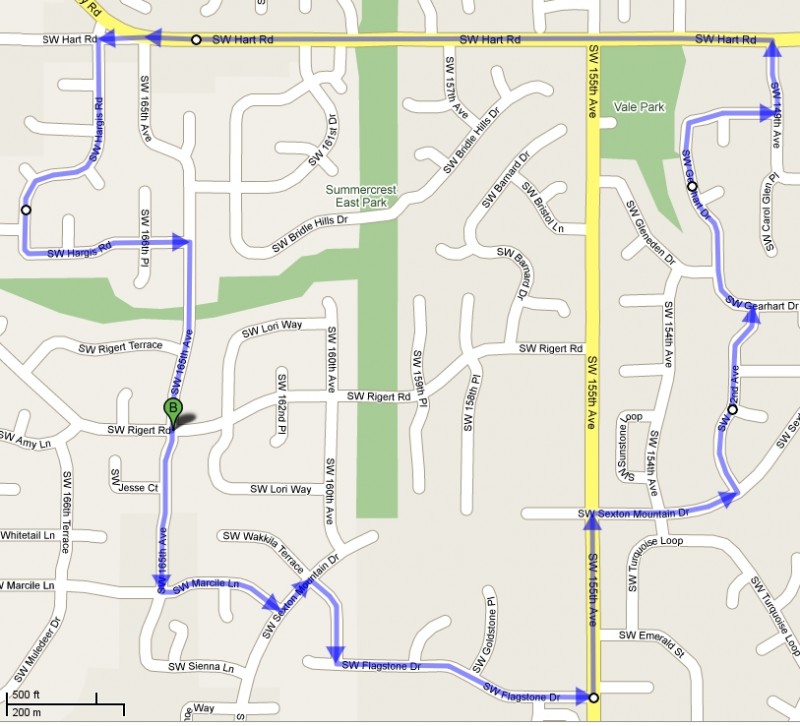In my five years at IBM I have not gone to a real Linux conference. I admit I am partially to blame. I keep telling myself that I will try harder to work on something cool so I can publish it and go to a conference, but I am not really one of the geeks that must be heard. In other words, I have an opinion, but you will most likely have to ask for it.
The past three days (September 17-19, 2008), I have attended the Linux Plumbers Conference, or LPC. It was held in none other than the beautiful Portland, Oregon, so I was eager to attend. In fact, I registered for the conference as soon as I learned about it with high hopes that IBM would be willing to foot the bill later. And they did! (Thank you, IBM!)
The premise behind this conference was (at least to my knowledge) that the Ottawa Linux Symposium, or OLS, was getting to be too big to discuss some of the matters that Linux needs to deal with. There wasn’t really a good place to discuss some of the plumbing needs of Linux. For those of you not comfortable with the use of plumbing and Linux in the same sentence, here is an excerpt from the LPC website:
[quote=linuxplumbersconf.org]
The Linux Plumbers Conference (LPC) is a developer conference for the open source community. LPC brings together the top developers working on the “plumbing” of Linux – kernel subsystems, core libraries, windowing system, etc. – and gives them three days to work together on core design problems. The conference is divided into several microconferences focusing on different “plumbing” topics, as well as a general track for topics that don’t fit into the microconferences.
LPC is requesting proposals to speak at the LPC microconferences and general track. Microconference topics include:
- The future of Linux storage
- Video input infrastructure and V4L2
- Power management and tools for efficient resource usage
- Future displays and input devices
- Dbus for desktop integration
- Linux server management
- XCB and graphics
- Audio
- Kernel/userspace interfaces
- Debugging, tuning, tracing, and profiling
[/quote]
Though admittedly, I am not really a contributor in any of these areas right now, there are several of them that interest me. I really enjoyed the microconference format. Each of the microconferences was 2 1/2 hours long and attended by anywhere from 25 to 200 developers. I found that they were most interesting when there was plenty of discussion rather that merely a presentation. I also found that it was usually the people who were sitting within the first 15 rows of chairs that participated the most. Having spent plenty of time reading the Linux Kernel Mailing List, there were hundreds of people whose names were very familiar but that I had not yet put a face to. This conference was very helpful to me in that regard. Meeting these core developers and seeing the human side of them is motivating and empowering. I have the sudden urge to fix a bug and submit a patch.
All you sponsors: IBM, Intel, NetApp, HP, Google, MontaVista, SanDisk; please, please, please pledge your money for next year and the year after that. This was a wonderful conference where I witnessed first hand the power of the open source community working so hard to bring the wonders of Linux to the masses, be it desktop, server or embedded. And we can’t do it without your financial support.



